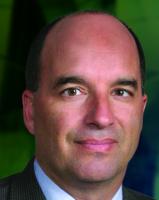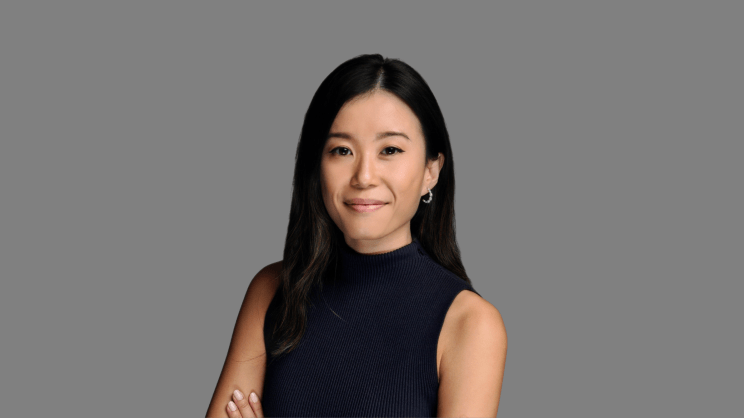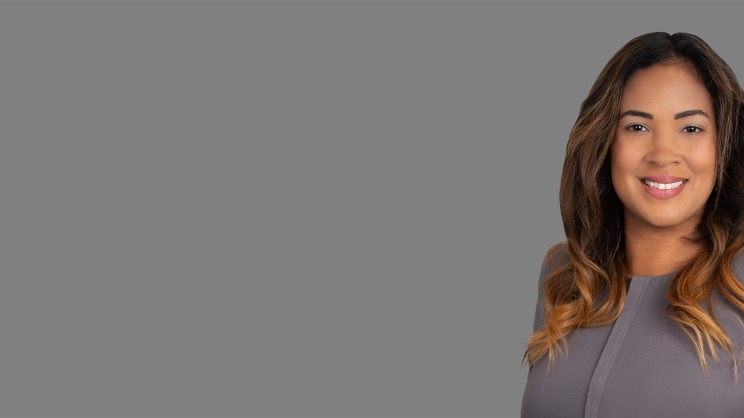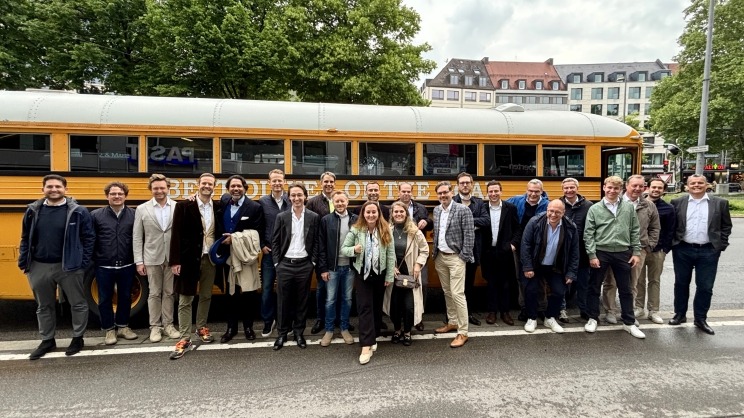Alumni Spotlight: George Pillari

George Pillari, formerly a Managing Director in A&M’s Healthcare practice from 2006-2018, is now the Corporate Chief of Integration & Operations Improvement at Prospect Medical Holdings, Inc. Prospect Medical Holdings Inc. is a leading provider of healthcare services comprised of 20 hospitals and over 140 primary and specialty care clinics located throughout Southern California, South Central Texas, Rhode Island, New Jersey, Connecticut and Pennsylvania.
Mr. Pillari graduated from The Johns Hopkins University where he earned a bachelor’s degree in mathematical sciences. While he was an undergraduate student, he launched HCIA along with two of his professors. HCIA would go on to become a healthcare data gathering company that came out with the first quantitative 100 Top Hospitals ranking.
In the Q&A below, Mr. Pillari shares stories of his career trajectory, his A&M mentor and the future of the healthcare industry.
While you were an undergraduate student at Johns Hopkins University, you launched HCIA along with two of your professors. At that time, where did you see your career trajectory heading?
At the time, I liked dealing with numbers and facts. I knew that my career trajectory would lead me into the world of information. And through the years, I have stayed with that theme in different ways.
You’ve been called the “grandfather of hospital quality rankings.” To what do you credit your success?
When we launched HCIA, it was not considered mainstream to publish different statistics on hospitals such as their profit margin and mortality rates. Being a good entrepreneurial company means that you are willing to take calculated risks. HCIA became very well known for supplying new and unique information that people had not previously seen.
You were once quoted as saying, "I was able to put together everything I learned about governance boards and dealing with investors to good use at Alvarez & Marsal. We usually do operational and debt restructuring. I'm now dealing with boards and lenders and investors. Maybe someday I'll get back to the widgets." How would you take your A&M experience and apply it back to widgets?
While I was at A&M I had the opportunity to be on many different engagements. I had the chance to engage with many personality types and individuals with different interests who helped broaden my frame of mind. Because of A&M, I have been able to assess situations differently and that’s largely due to the variance of my consulting engagements. As a consultant, you are tasked with being able to predict the outcome of a situation. Right now, I am back at widgets and enjoying it immensely.
What have you learned about healthcare in your time at A&M? How does that differ from your perspective working with Prospect Medical Holdings Inc.?
One of my biggest takeaways from my time at A&M is that healthcare can be a difficult business due to regulations, patient safety, changes in reimbursement and many other reasons. I learned healthcare can be really hard work. Even those who often get into it are doing it for altruistic reasons. I see the same thing here at Prospect Medical Holdings Inc. This is not an easy business to be in. It’s very management-intensive. Healthcare is the opposite of manufacturing iPhones. iPhones are created, boxed and shipped out. Healthcare is a never-ending treadmill of management challenges and transactions. It’s difficult to get the factory to run smoothly all the time.
Did you have a mentor at A&M?
Guy Sansone who founded A&M’s Healthcare Industry Group was a true mentor to me. He gave me a blank canvas and provided guidelines on how to become a good healthcare restructuring advisor. It was helpful to my healthcare education being mentored by someone who wasn’t overly prescriptive. But more importantly, he was willing to take a risk on giving me a shot. He was a great teacher and I still speak with him frequently.
What are some of your fondest memories of your time at A&M?
I keep in touch with just about everyone from my time at A&M. We even have many A&M professionals working on projects at Prospect Medical Inc. now. I also recommend A&M on a weekly basis to others I know.
We always had people who worked hard and played hard. We had several great outings a year as a team. The fondest memories I have is of the annual healthcare partners’ dinner. I always looked forward to attending and it was guaranteed to be a night to remember as we caught up with colleagues.
I also think fondly of my annual reviews with Bryan Marsal & Guy. Somehow my fifteen-minute review would always turn into an enthusiastic and animated discussion that lasted an hour and a half.
What’s your favorite aspect of your role as Corporate Chief of Integration & Operations Improvement at Prospect Medical Holdings Inc.?
I enjoy the variety. I get to cut across IT, Operations, Human Resources, Finance and all the different components of the organization. A huge piece of my role is identifying best practices on a national level and determining how we can duplicate that success in multiple locations.
In your experience, what’s the biggest difference between working in consulting versus in healthcare?
At A&M, consultants had a lot of accountability to multiple parties – from company management to the board to the partners. While at Prospect, you have a lot of constituents but don’t need as much buy in, which frees up your time to focus on getting results.
How do you differentiate yourself from other C-suite leaders?
I interact more with direct reports and staff. I like to hear about what’s going on from the ground up. I don’t mind roaming the halls to get information. And it never hurts to take everyone out on a Friday night.
There are so many shifts happening in healthcare right now. In your view, what’s the biggest misconception about the industry? What do you see as the future of health care?
The biggest misconception ties into what the future is. We tend to underestimate the power of the consumer. To date, we haven’t had consumers drive the healthcare industry. But that’s going to be the biggest shift in the next 20 to 25 years. Consumers will be much more dominant, and not just involved. Consumers will be getting their healthcare on demand.
The other trend we will be seeing is what to do with physicians. Hospitals and health systems rushed to employ doctors and many regret doing this. It is difficult to get the right balance of doctors who match the needed specialties. Do the doctors become partners who build their own hospitals? This will be an interesting trend to watch.
How do you see things differently as a patient?
The places where I personally go for care have sophisticated IT and I’m able to get all my results directly on my phone. As a consumer, this makes it much easier to interact with my medical team versus calling the doctor’s office and waiting to get through. Increased IT minimizes the back and forth friction that can be created in such circumstances. There hasn’t been much success in consolidating the breadth of consumers’ medical records, although there are companies out there making great strides towards that endeavor.
If you could change one thing about our health care system, what would that be?
It would be to treat the patient first. Deliver the service first and pick up all the patients’ information and insurance second. Because that approach lets you get access to what you need.
How do you spend your time outside of work?
I like to go to the beach or hike in the hills with my wife and children.
Do you know someone who would make for a great alumni spotlight? Please e-mail the Alumni Network Team at alumninetwork@alvarezandmarsal.com. Please note that all spotlights are vetted via the division.




